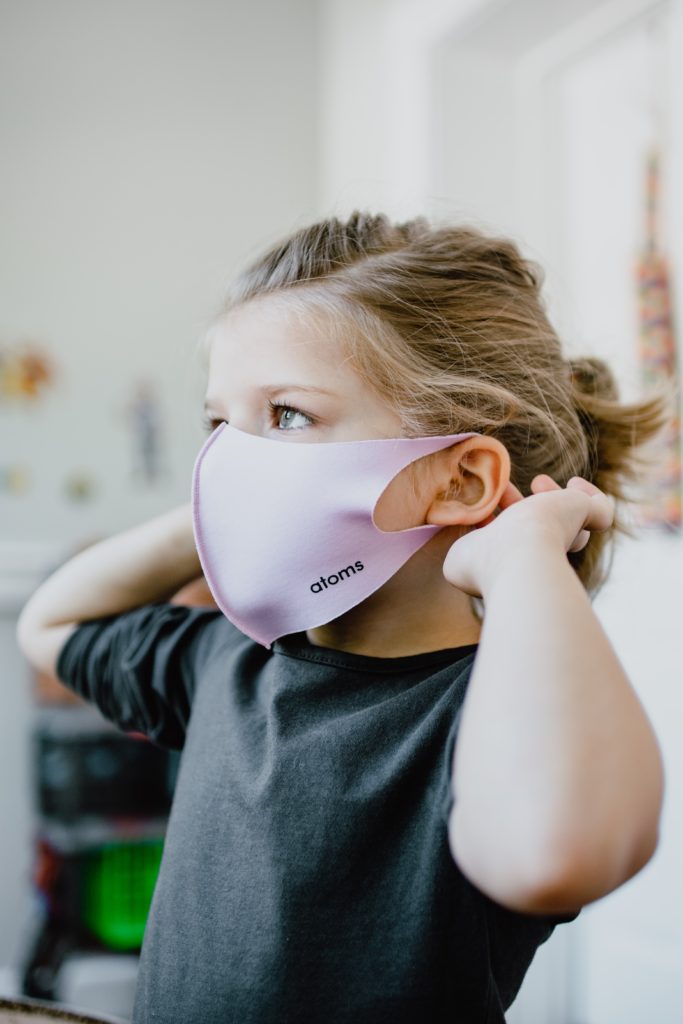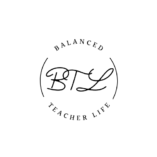Attention Signals
You give them, and immediately the class is silent. You have every student’s complete and focused attention. Every time. Right? RIGHT???
I wish.
If you’re anything like me, this is probably the subject of some of your most anxiety-inducing work nightmares.
You know the ones?
It’s that dream where I’m standing on top of a table, jumping up and down, waving my arms, and screaming at the top of my lungs to try to get the class’s attention, and they still can’t hear me. It’s like I’m behind one of those fancy interrogation room windows, except that they CAN see me and just roll their eyes in response.
And then I wake up in a cold sweat.
While I can’t guarantee that those nightmares will stop, I am here to help you make your goals a reality when it comes to getting and keeping your students’ attention! I promise it’s possible, even in your toughest classes where those angsty teens just can’t be bothered to stop socializing.
How do you get teens to focus on you?
It’s a tough challenge! I guess we have Piaget’s preoperational egocentric imaginary audience stage to thank for that.
So let’s get down to it. The most effective attention signals for teenagers have 3 things in common. Your attention signal must:
-
Be both Visual and Auditory
-
Require a Visual, Auditory, & Kinesthetic response from your students
-
Be simple but not childish

Let's break it down with Some Non-examples
1. Your attention signal must be visual and auditory
If you are missing one of these components, you will waste a lot of time waiting for your kids to notice.
Being the goody-two-shoes kid that I was, I remember waiting and waiting and WAITING for the rest of the class to respond. I was that obnoxious kid making the super loud shushing noises to try to get everybody to pay attention.
Poor Mrs. Wolfe. And poor everyone sitting next to me getting sprayed by my kid-spit.
2. Your attention signal must require a visual, Auditory, & kinesthetic response from students
After you give your signal, how will you know that the students understood it?
In my first year teaching, I observed several teachers in the building using a count down as a signal. I would raise my hand and count down from five. I explicitly taught the students that by the time I reached 1, they were to be silent with their eyes on me.
That was great, but it didn’t always happen.
Enter MEERKATS.
At a training, another science teacher mentioned that for his attention signal he would call out the word “Meerkats” and in response, students would sit up straight, freeze, and hold their paws up in front of their chest like Timon on The Lion King.
Adorable, right?
While I did see a drastic improvement in student enthusiasm for this signal, it was missing one critical component!
I failed to include an auditory component.
Although I (again) explicitly taught students that their response was to be silent, many chose to ad-lib meercat noises that were highly entertaining and creative, but also unfortunately highly distracting.
Your signal needs to have all three of these components in order to be most successful. Students must be taught a specific place to look, sound to make, and a physical action to do when you give the signal!
3. Your attention signal must be simple but not childish
It made us feel belittled as adults, and so we simply didn’t respond most of the time.
I believe the ideal goal for junior high kids is that they should feel pretty neutral about your attention signal. While most kids liked my meerkats signal, I had a handful who blatantly refused, and another handful who used it as an excuse to mock and be silly.
Choose a signal that will allow teens to feel emotionally neutral!
Mrs. Ogden's attention signal
This is the attention signal that I use in my classroom:
- Start counting down, usually from five. When I get to one, students are required to respond simply with two claps.
- When they hear the claps, my expectation is for students to have:
-
- Eyes on me
- Bodies facing me
- Voice level zero
-
- If they do not meet these requirements, I repeat the signal until every student is following the expectations.
- Practice using the attention signal! I do a simple “Would You Rather” activity to practice the signal with my students. You can download a free editable template of my slides for that activity by clicking here or use the download button at the end of this post. Also, be sure to reward students for meeting your attention signal expectations!
- Reward students for following your expectations! When they are silent after the clap, let them know how much you appreciate it!! I do this by handing out a few tickets each day. To learn more about my classroom rewards system, click here! If the only two things you implement this year are an attention signal and rewards system, I promise you will see dramatic improvements in your classroom management.
Why I love it:
- I love this signal because it’s hard for students to continue their conversation over the noise of 30 people clapping, so conversation stops immediately.
- I love that I can both see and hear their engagement when they clap. If I get a weak-sauce clap, I know I have weak-sauce attention and I make them do it again.
- I love that this signal is quick and I can use it anywhere. I can do it outside or in the auditorium, and I can repeat it if needed without wasting much time.
- As an added bonus, this signal is fun for startling sleepers in class. I always get a kick out of watching them jump at the clap.
- Finally, it’s easy for students. My students have become so proficient at this signal that they often accidentally clap in their other classes too, and I’ve had them tell me that they wish all their teachers would use it.
Adaptations:
If students are working in groups or circulating the room, I turn the lights off before starting my count. This lets them know that the signal is coming, even if they can’t hear or see me.
If students are wearing gloves or working with messy or hazardous materials (dissections, chemistry labs, etc), I pre-teach them to respond with a verbal “clap, clap” instead of a physical one when they hear the signal. I also require students to face me with their hands held up like a surgeon after scrubbing. This helps me know that they have stopped the activity briefly and I have their full attention. I usually stand on a chair when I give this signal too, so I have full visuals.
If I’ve given the signal at least twice and they still haven’t responded appropriately, I take this as a sign that they need to get some energy out. I will play a quick “If you can hear me, touch your elbow/pat your head/stand up/spin around/touch your toes/say your name/point at me…” and conclude with the double clap. This pretty much ALWAYS solves the problem, and I can move on more effectively after.
I have found this signal to be very highly effective for all junior high grade levels, and for myself. I absolutely love it. It fulfills all the 3 components above, and it fits my style.
Find the Attention signal that fits your style
Final thoughts: While this signal has been highly effective for me, it is super important that you choose a signal that is right for you. You are going to use it all the time, so pick something that is not going to drive you crazy!
As teachers, we all have different styles. I would describe my style as casual but highly structured. Here are a few additional ideas for effective attention signals that might fit your style:
- Waterfall – I often use this one too, especially with my 9th graders. You say “Waterfall!” and students make a “Shhhh” sound while moving their hands down like a waterfall.
- Knocking/clapping pattern – Do you know the name of that rhythm people are always using to knock on your door? I had to do some Googling. Apparently, it’s called the “Shave and a hair cut. Two bits.” pattern, which I’ve heard some teachers use for an attention signal. Teacher claps “duh duh da da duh” and students clap “duh duh.”
- Song lyrics call & response – My students went through a phase where they loved it when I called out “Everybody clap your hands” and they responded with the appropriate clap from Joshua Troop’s song. This one is fun, and you could rotate the songs! The challenge with it is getting kids to NOT sing the rest of the song after the signal. I’ve even heard of using the McDonalds song “Buh da da da da, I’m lovin’ it.”
- Wireless Doorbell – I’m usually not a big fan of bells because I always set stuff down while I’m teaching and forget where I left it. HOWEVER, one of my coworkers had great success using a wireless doorbell like this one. I recommend this brand because it’s cheap and battery-operated. You can clip the button onto your lanyard using one of these hand-sanitizer carriers, which makes it super easy to push that button at any time. Another advantage to the doorbell is that it allows you to use different tones to signal different activities. You can get creative with your student responses!
The Absolute Best Attention Signal for Junior High
In summary, having a clear attention signal that fulfills all the criteria outlined in this post will revolutionize your classroom management.
- Make sure your attention signal and the required response is visual, auditory, and kinesthetic.
- Keep it simple.
- Let it fit your style.
For a free copy of the Slides that I use to teach the signal to my students, click the link below!
Now let's hear from you!
What attention signals are working for you in your classroom? Share in the comments below!




